SUMMARY
This is AI generated summarization, which may have errors. For context, always refer to the full article.
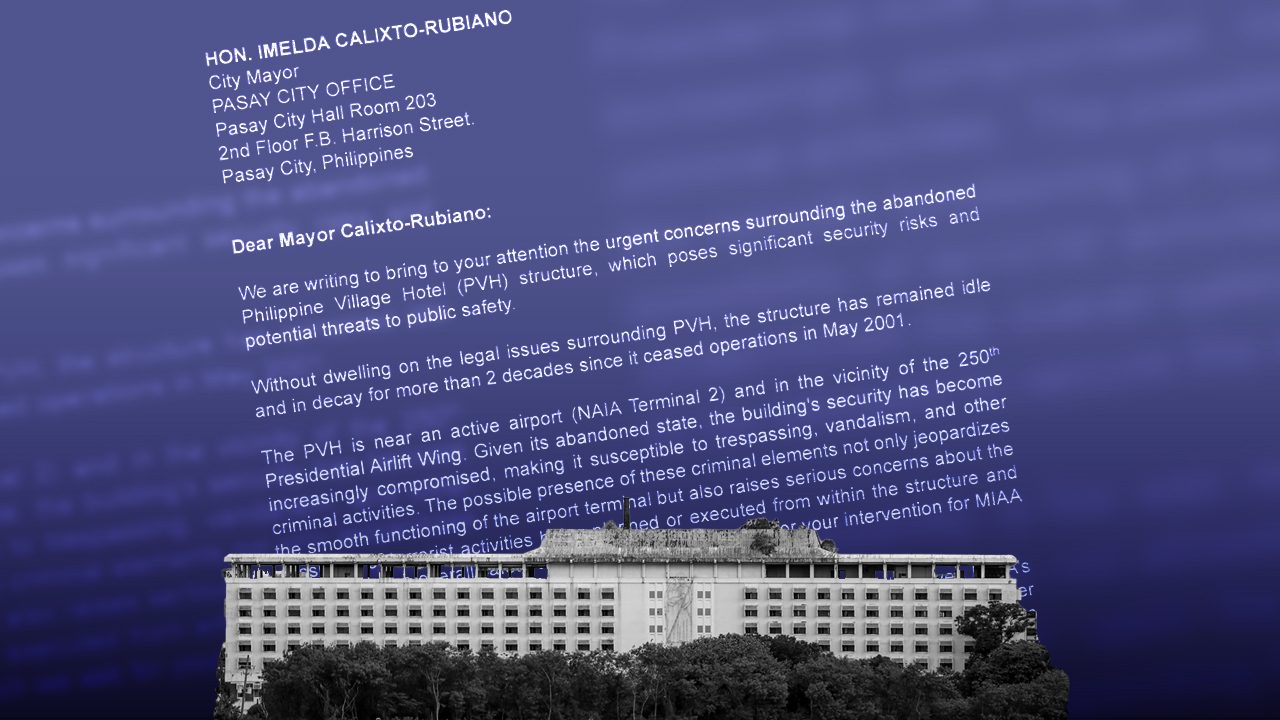
MANILA, Philippines – The long-abandoned Philippine Village Hotel, a beige concrete slab with a cracked facade, looms just beyond the walls of the Ninoy Aquino International Airport (NAIA). It has stood in this state of decay for more than 20 years – and now, airport authorities are moving to take it down due to “significant security risks and potential threats to public safety.”
Because of its proximity to NAIA, the Manila International Airport Authority (MIAA) warned that the Philippine Village Hotel poses security risks, like possibly becoming a staging point for terrorist operations.
“It’s a facility that’s beside our airside complex,” MIAA Officer-in-Charge Bryan Co told Rappler. “It has to be secured by MIAA because it’s a big risk for us from a security perspective. It’s beside Terminal 2, it’s beside the main ramp of Philippine Airlines’ fleet, and it’s just right across the 250th Air Wing of the Presidential Airlift Wing.”

Malicious actors could gain access to the building, which offers a good vantage point directly over Terminal 2 and the part of the airport where airplanes park. It’s also across the area where all of the President’s air assets are stored – the presidential plane, helicopters – and the departure and arrival point of visiting heads of state. Co said that they have already raised this issue in their security meetings.
“Given its abandoned state, the building’s security has become increasingly compromised, making it susceptible to trespassing, vandalism, and other criminal activities,” Co wrote in a letter to Pasay City Mayor Imelda Calixto-Rubiano.
“The possible presence of these criminal elements not only jeopardizes the smooth functioning of the airport terminal but also raises serious concerns about the possibility of terrorist activities being planned or executed from within the structure and undermines the overall safety of the area,” he added.

Currently, the building appears to be occupied by personnel affiliated with Burgundy Asset Development Corporation (BADC). Co said that the company claims to have generator sets housed inside, which is why they have guards deployed at the facility.
On Wednesday, July 26, Rappler attempted to visit the Philippine Village Hotel, which sits just off NAIA Road, right before the Terminal 2 entrance. Security personnel barred the vehicle from entering the complex, pointing to the warning signs plastered on the barricaded gates.
A non-uniformed guard stationed at the entrance confirmed that they were indeed working under Burgundy, although they declined to provide further details about the property or their employer. Security also asked that we move our vehicle – lest we block the driveway when their “boss” from Burgundy arrives.
The hotel ceased operations in May 2001 – that much is clear from the outside. The building was clearly rundown, with boxes and furniture stacked in what would have once been its lobby.
Two decades of abandonment have left the forlorn structure in a sad state of disrepair – paint peeling off and concrete walls cracking. Co fears that the structural integrity of the building may have already been compromised, given the lack of maintenance, and its exposure to earthquakes and the elements.
“We have to send the city engineers inside, for the city engineers to actually assess if they can condemn the building already, given [that] for 20 years, it’s not been used. It’s a really old structure. After that, at least, we have subsequent steps if it has to be demolished or what, because it’s a public safety risk,” Co told Rappler on Friday, July 21.
Fires have also broken out in the building twice – once on November 20, 2021 and again on June 7, 2023. In both instances, responding fire trucks were denied entry into the complex. During the latest incident, MIAA’s fire personnel were able to enter only after 15 minutes, with the help of the airport police and Philippine National Police.
Armed guards, illegal occupants
What’s stopping even emergency services from getting inside? Despite the crumbling status of the hotel, armed security guards continue to patrol its perimeter, making it difficult for government personnel to inspect and secure the property. Co has written to the Pasay City government asking for assistance in entering and assessing the building.
Below is a copy of the letter, dated June 22, obtained by Rappler.
“We don’t want to risk any issues if there are armed guards inside. So we have to be very tactical, and we have to plan properly how we can gain entrance. As you know, the city government was not even able to come in,” Co told Rappler.
The land that the building sits on is owned by MIAA, but even then, they haven’t been successful in actually taking possession of the property.
“It’s a facility that is within our property, but there are others occupying it. So, therefore, we cannot ascertain what’s inside,” Co added.
What’s clear, Co said, is that “there are illegal occupants. They’re inside, the security personnel of the former PVHI (Philippine Village Hotel Incorporated) or Burgundy. They’re barring both GSIS [Government Service Insurance System] and MIAA from entering the property.”
Relic of the past
The Philippine Village Hotel has a long, storied history. It was originally built to house the contestants of the 1974 Miss Universe beauty pageant, marking the first time the contest was held in Asia. This was back in the early days of Martial Law, when the dictatorial Marcos regime attempted to court international visitors with an array of newly-built buildings.

The following year, on June 1, 1975, a company called Sulo sa Nayon leased 36,289 square meters of the Nayong Pilipino Complex, where the Philippine Village Hotel was located. Sulo sa Nayon was later renamed PVHI, and the company operated the hotel and leased the land for 21 years. The lease was renewed on July 4, 1995, by Jose Marcel “Jocel” Panlilio in his official capacity as Senior Executive Vice President of the PVHI. It was supposed to be good until 2020, with monthly rentals of P725,780.
During this time, the Panlilio family also expanded their business empire, which included the Silahis Hotel (later renamed Grand Boulevard Hotel) on Roxas Boulevard and Puerto Azul in Cavite. After the government lifted its monopoly on the airline industry, the Panlilio clan put up Grand Air. In the 1990s, Grand Air competed head-to-head with Philippine Airlines, flying to domestic and international destinations. For a time, the Philippine Village Hotel even served as a terminal for passengers flying with Grand Air.
But things changed near the turn of the millennium. Just a few years after starting out, Grand Air ceased operations as it ran into huge debts. The Panlilio-owned company managing Philippine Village Hotel was the next to fall. Court documents showed that PVHI began failing to meet its monthly payments to Nayong Pilipino starting January 2001.
By July 2001, PVHI owed more than P26 million in unpaid rent. After almost eight years of legal battles, on January 20, 2009, the Supreme Court ordered PVHI to leave the leased land and pay back the P26 million owed to Nayong Pilipino Foundation.
Co also claimed that after PVHI failed to settle its mortgage with government lender GSIS, it had to foreclose the property. Now, the airport official said, the structure of the Philippine Village Hotel itself is owned by GSIS.
A GSIS official, however, told Rappler that they “do not own the building” according to their Real Estate and Development Management Office. Rappler is awaiting clarification as to whether PVHI has any unpaid obligations to GSIS.
What about Burgundy?
Where does Burgundy fit into all this? The Panlilio family claimed that it had sold nearly all of their shares of stock and interest in the hotel to Rogelio Serafica of Burgundy Realty back in 2002 – supposedly years before the Supreme Court ruling came out.
“We have documents in our possession of absolute sale of the subject corporation and separately, absolute sale of all assets and liabilities – all dated January 23, 2002,” Jocel Panlilio told the Philippine STAR in 2009. “Hence all liabilities, including the Supreme Court finding, are assumed to be the responsibility wholly of Mr. Serafica of Burgundy Realty.”
Panlilio also insisted that after the sale, Serafica now held the corporation’s stock and transfer books. MIAA’s Bryan Co also confirmed that Burgundy did, in fact, own a part of PVHI, according to its General Information Sheet (GIS).
“If you look at the GIS, if you research, Burgundy is already a part owner of the PVHI,” Co said. “The ownership is muddled.”
To get a better understanding of who owned the hotel, Rappler obtained a copy of the PVHI and Burgundy’s GIS. The documents showed that Burgundy Asset Development Corporation (BADC) – not Burgundy Realty – indeed owns a part of PVHI. Both companies also seem closely linked, with Rogelio Serafica sitting as the chairman of both PVHI and BADC and two other individuals sitting on the board of both companies as well.
You may read a more detailed breakdown of the two companies’ ownership structure here.
Rappler attempted to reach out to PVHI and BADC through their listed contact information, but we have yet to receive a response as of publication. We will update the story once they respond.
‘Stumbling block’ for NAIA rehab
By virtue of Executive Order No. 58 in 2011, more than 22 hectares of land were transferred from the Nayong Pilipino Foundation to MIAA for “the expansion of Terminal 2 to the north and the development of the New International Cargo Terminal Facility to support the operation of Terminal 3.” This included the land on which the Philippine Village Hotel sits.
Now, MIAA wants the property to be used for the expansion plans of NAIA Terminal 2. But Philippine Village Hotel, quite literally, stands in the way.
“For us to expand NAIA Terminal 2, we have to remove PVH,” Co told Rappler. “Logically, if you want to expand the terminal, you will have to expand it contiguously. It’s not like you’re going to build Terminal 5 somewhere else. So, the logical expansion among all the terminals would be Terminal 2. That’s the main purpose why MIAA got the land.”
Resolving the issue of the Philippine Village Hotel becomes even more urgent now that the government is swiftly proceeding with the planned rehabilitation of NAIA by the private sector. Transportation Secretary Jaime Bautista earlier told Rappler that the publication of the solicited proposal’s terms of reference could happen in the next two weeks, with initial talks with a private concessionaire perhaps happening within the year. (READ: NEDA Board approves solicited proposal for NAIA rehab)
Under the rehabilitation plan, the private concessionaire would have up to 25 years to improve and operate NAIA, which may involve expanding Terminal 2. But right now, Co said that the Philippine Village Hotel could be a “stumbling block” to the public-private partnership (PPP) deal.
“We have to make the land available for a private proponent to expand. As to the design, we will not specify. What we will specify in terms of references, as well as the standards that we will do with the private proponent, is more of what are the capacities that we want,” Co told Rappler.
And expansion is desperately needed if the government wants to decongest NAIA, which is already operating above its limits. In pre-pandemic 2019, it handled more than 48 million passengers, far above its maximum declared annual capacity of 31 million passengers. By 2028, it’s projected that more than 55 million passengers would be passing through the airport every year.
What happens next?
For now, MIAA continues to push to reclaim the property. In his letter to Mayor Calixto-Rubiano, Co asked for her “immediate attention and intervention in addressing the risks associated with the abandoned PVH structure.”
The airport authority is already coordinating with the Pasay City government on plans to retake the property.
“She’s assigned a city admin to be on top of this,” Co said, referring to Mayor Calixto-Rubiano. “They are exploring different things as well. They’re thinking of looking at the unpaid taxes as an angle to be able to get access to the property. But apart from that, they’re thinking of other legal remedies as well so that the Pasay City government and their engineers can enter.”
A Pasay City government official told Rappler that they are planning a big move on the property in the coming days, although they declined to give more details.
Co mentioned that MIAA also has mapped out possible ways to regain the land and hotel for the expansion of Terminal 2.
“We’re not going to say that yet so that the other party doesn’t know. But we also have parallel plans on how we can try to take over the property,” Co told Rappler. But in the meantime, the Philippine Village Hotel still stands, a stubborn pride of a bygone era.
– Rappler.com
Add a comment
How does this make you feel?
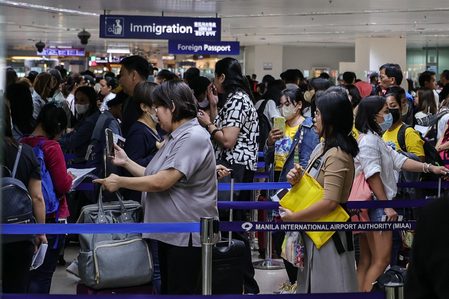


![[OPINION] Clark International Airport, one of world’s most beautiful airports, is badly underutilized](https://www.rappler.com/tachyon/2024/05/clark-airport-underutilized-may-28-2024.jpg?resize=257%2C257&crop=560px%2C0px%2C720px%2C720px)
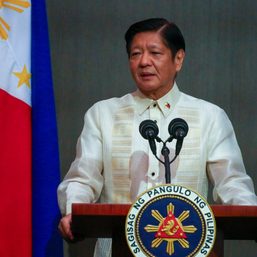
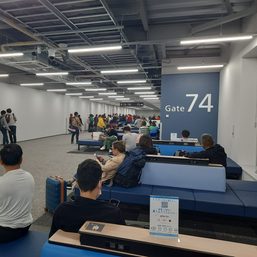
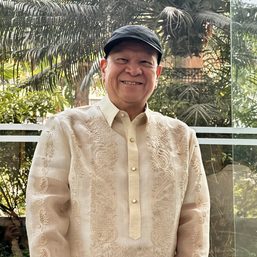
There are no comments yet. Add your comment to start the conversation.